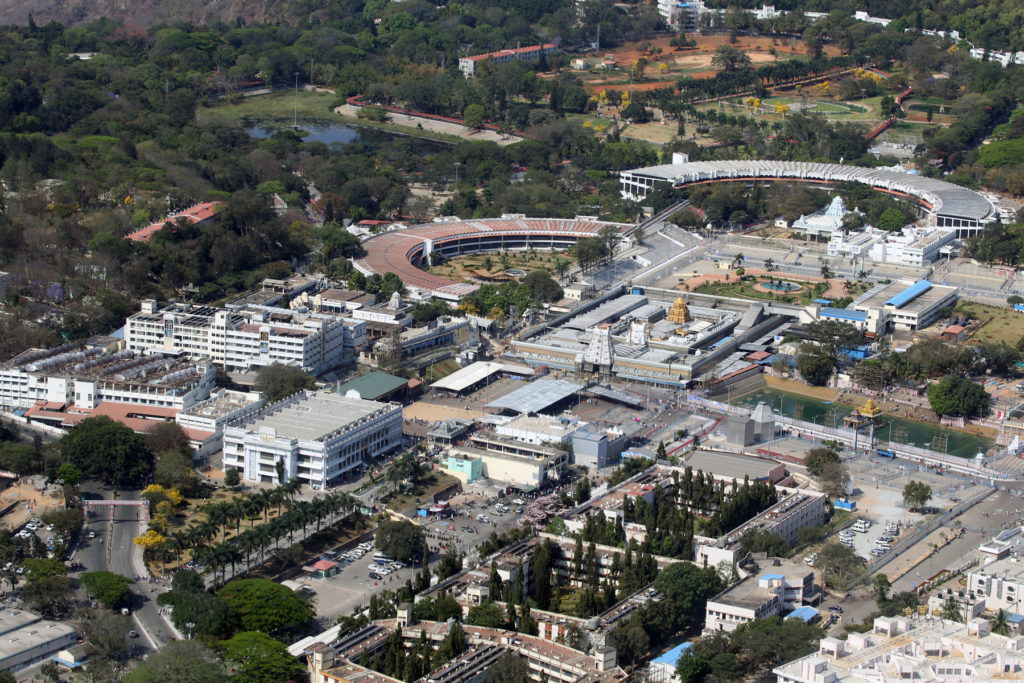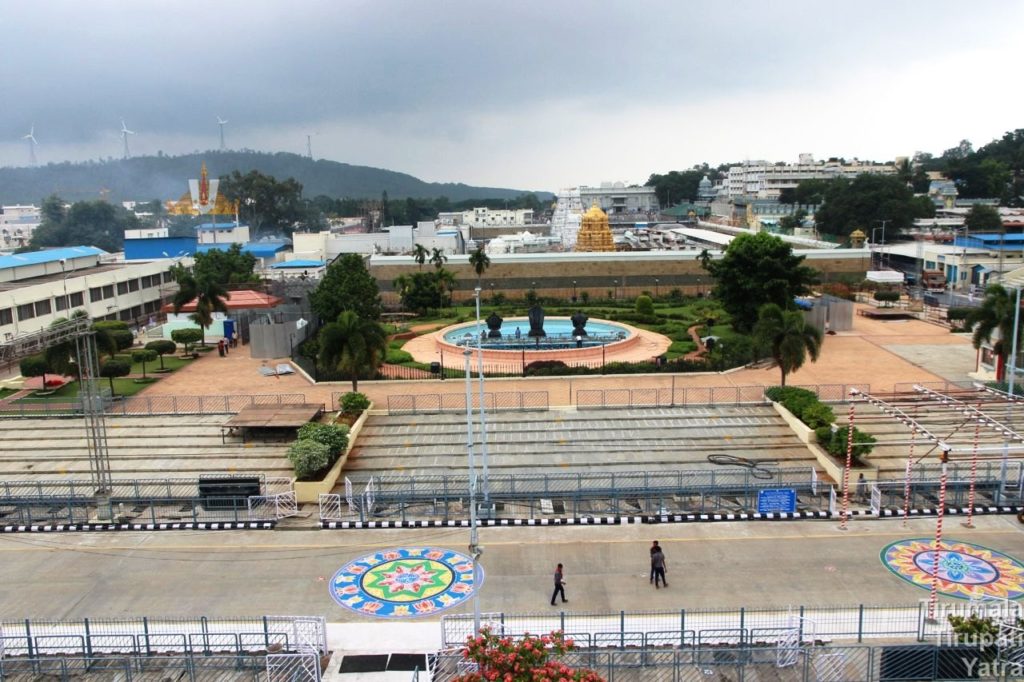AdiVaraha Kshetram It is essential to know the names of the Seven Hills – Seshadri, Neeladri, Garudadri, Anjanadri, Vrushabadri, Narayanadri, and Venkatadri – that is the abode of Lord Venkateswara, the famous Kaliyuga Avatara of Sri Mahavishnu, who descended from the Vaikunta to protect his devotees. He is the world-famous and richest god and is Read More
Tag: govinda
Sapthagireesa Govinda – Importance of 7
Sapthagiri (eesa) – Govinda The Sanskrit word ‘Saptha’ refers to the number Seven. It is indicated in various names as – 7 days a week, 7 colours in a rainbow, 7 horses of the Sun God, 7 chakras including sahasrara in upasana, 7 swaras in music, 7 steps during marriage, 7 upper lokas, 7 lower Read More
Glory of Lord Venkateswara – Tirupati Balaji
Glory of Tirupati Balaji Lord Sri Venkateswara is the supreme God. Devotees across the world throng the holy shrine in Tirumala throughout the year to offer their vows on fulfillment of their wishes. A glimpse of God even for a few seconds will make them forget their travails of the journey. Bhakta Sulabha Generally, it is Read More
Tirupati Balaji Idol Description
A description of the idol of Lord Venkateswara (Tirupati Balaji) The idol of the Lord, Tirupati Balaji, or Lord Venkateswara Swamy is a majestic, beautiful, and superbly executed one. The full majesty, divine grace, and unbounded compassion of the Lord is manifest even to the uninitiated either when the Lord gives darshan draped in all Read More



